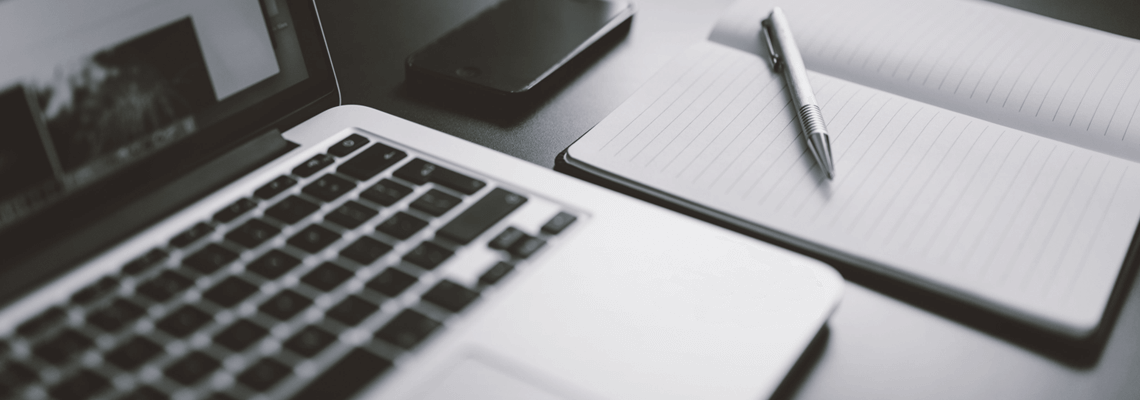
How Bankruptcy Helps if You’re Behind on Your Vehicle Loan
Bankruptcy saves your vehicle from immediate repossession. Choose Chapter 7 or 13 depending in part on how far you’re behind in payments.
My last blog was about ways that Chapter 7 “straight bankruptcy” and Chapter 13 “adjustment of debts” each help you keep your vehicle by effectively dealing with your vehicle loan. But let’s focus today on one specific common situation: you’re behind on your vehicle loan, but really need to keep the vehicle. What are your bankruptcy options?
Avoiding Repossession Through Bankruptcy
If you’re behind on paying your car or truck loan, you likely know that you are in a very precarious situation. Falling behind on vehicle loans is especially dangerous because of how quickly your car or truck can be repossessed.
Contrast this with a mortgage foreclosure where you get a number of warnings, stretching over months. Instead, with vehicle loans you usually get very little warning of the actual repossession. Once you’re in default on your contract—as soon as you’ve missed a monthly payment or let your insurance lapse—under most contracts your vehicle could get repossessed at any time. Realistically, most repossessions do not happen the minute you’re late, but that depends on your payment history, the overall aggressiveness of the lender, and luck—how the person making the decision for the lender happens to act that day. If you’re not current, your vehicle’s in danger.
Once a repossession happens, your situation usually get worse financially. Your vehicle is generally sold at an auction, leaving you most of the time owing thousands of dollars for the “deficiency balance,” the difference between what the vehicle was auctioned off for and the amount you owed on the loan (plus repo and sale costs). Then before you know it, you’re being sued for those thousands of dollars.
But this is preventable, if you file bankruptcy BEFORE the repossession. The “automatic stay”—in effect a court order against the repossession of your vehicle (as well as virtually all forms of collection)—goes into effect immediately when your attorney files your bankruptcy case. Even if your lender had already decided to repossess your vehicle, once you file the repossession can’t go forward.
Addressing Missed Payments under Chapter 7
As stated in my last blog post, with most vehicle lenders if your file under Chapter 7 and you want to keep the vehicle, you have to bring the loan current quickly—usually within about two months after filing the case. So you need to determine if not paying your other creditors is going to free up enough cash to catch up on your missed payments within that short time. Or if not, do you have somebody who can help you with this? If neither, and you can’t catch up in time, the lender will have the right to repossess right after the Chapter 7 case is completed, generally about 3 months after it is filed. Indeed, sometimes there’s even less time if the lender asks the court for permission to repossess earlier.
Addressing Missed Payments under Chapter 13
You have much more flexibility about missed payments under Chapter 13. Sometimes you do not even need to catch up on them.
There are two scenarios.
First, if you qualify to “cram down” your vehicle loan because you entered into it more than two and a half years before filing the Chapter 13 case and your vehicle is worth less than you owe on it, then you don’t need to catch up the missed payments at all. Instead, the contract is effectively re-written based on the value of your vehicle, usually reducing both your monthly payment and the total amount to be paid on the loan.
Second, if you don’t qualify for “cramdown,” you will need to catch up the missed payments but will have lots more time to do so than under Chapter 7. Usually a portion of your monthly “Chapter 13 plan payment” is earmarked for this each month until the vehicle loan is current (while you’re making the regular monthly payment each month), even if it takes quite a few months to do so. The lender doesn’t generally have much say about this as long as you make your plan payments as you proposed.
Conclusion
Bankruptcy stops your vehicle from being repossessed, and gives you options for dealing with any back payments on your vehicle loan. Chapter 7 may do enough for you if you can catch up fast enough. Otherwise you probably need the greater help Chapter 13 provides, either not needing to catch up at all under “cramdown,” or having much more time to catch up, under the continuous protection of the “automatic stay.”
